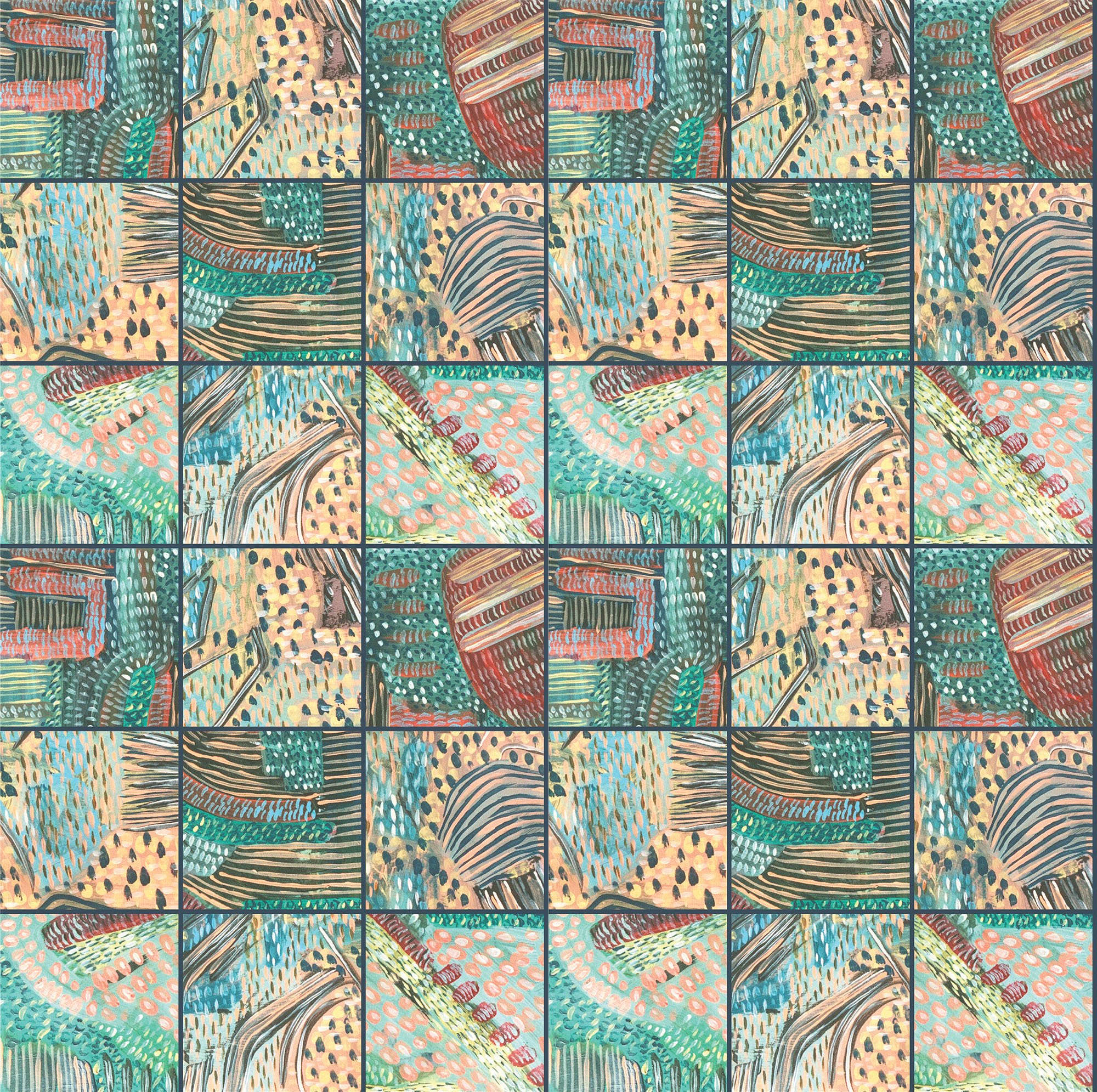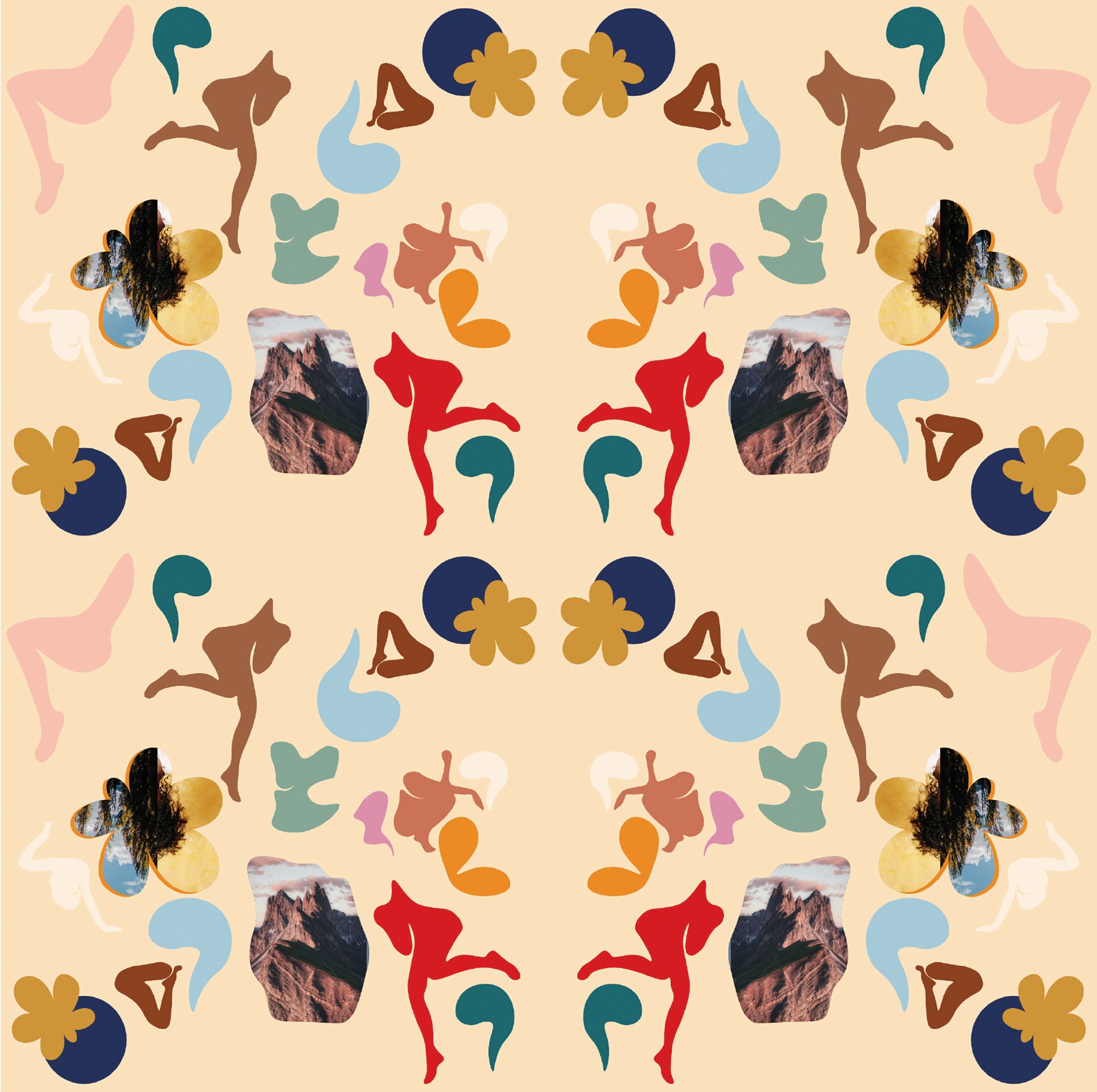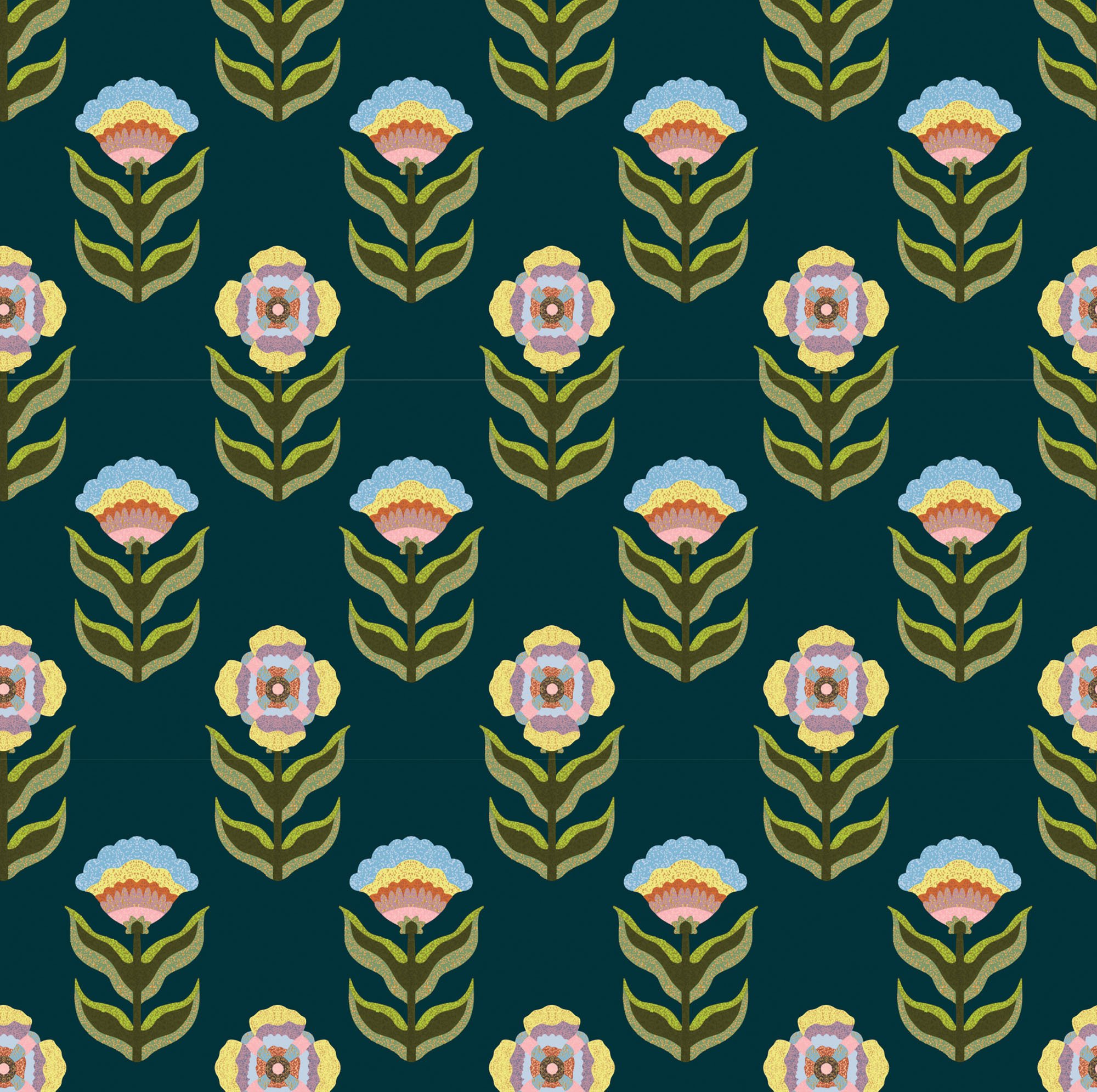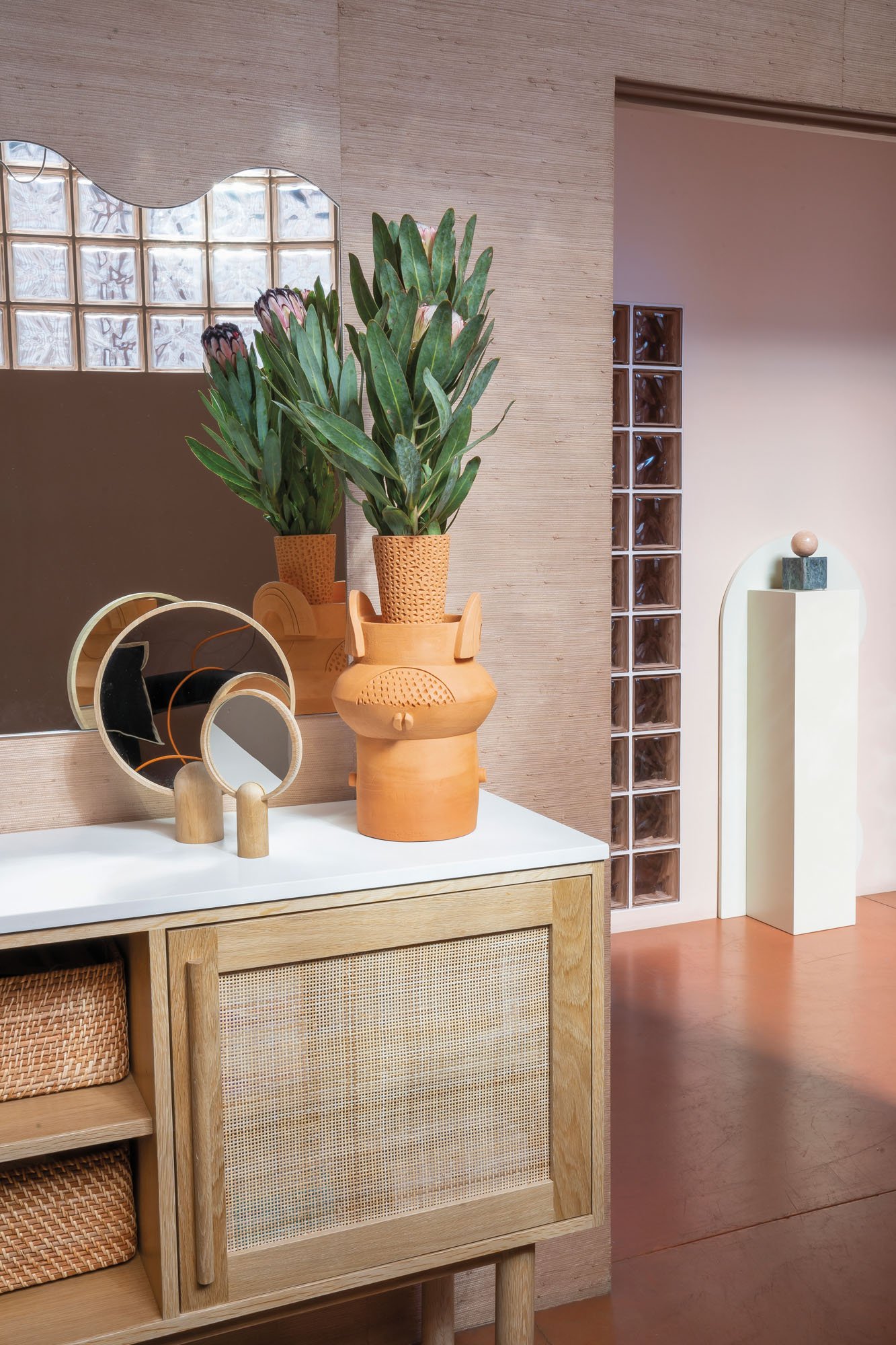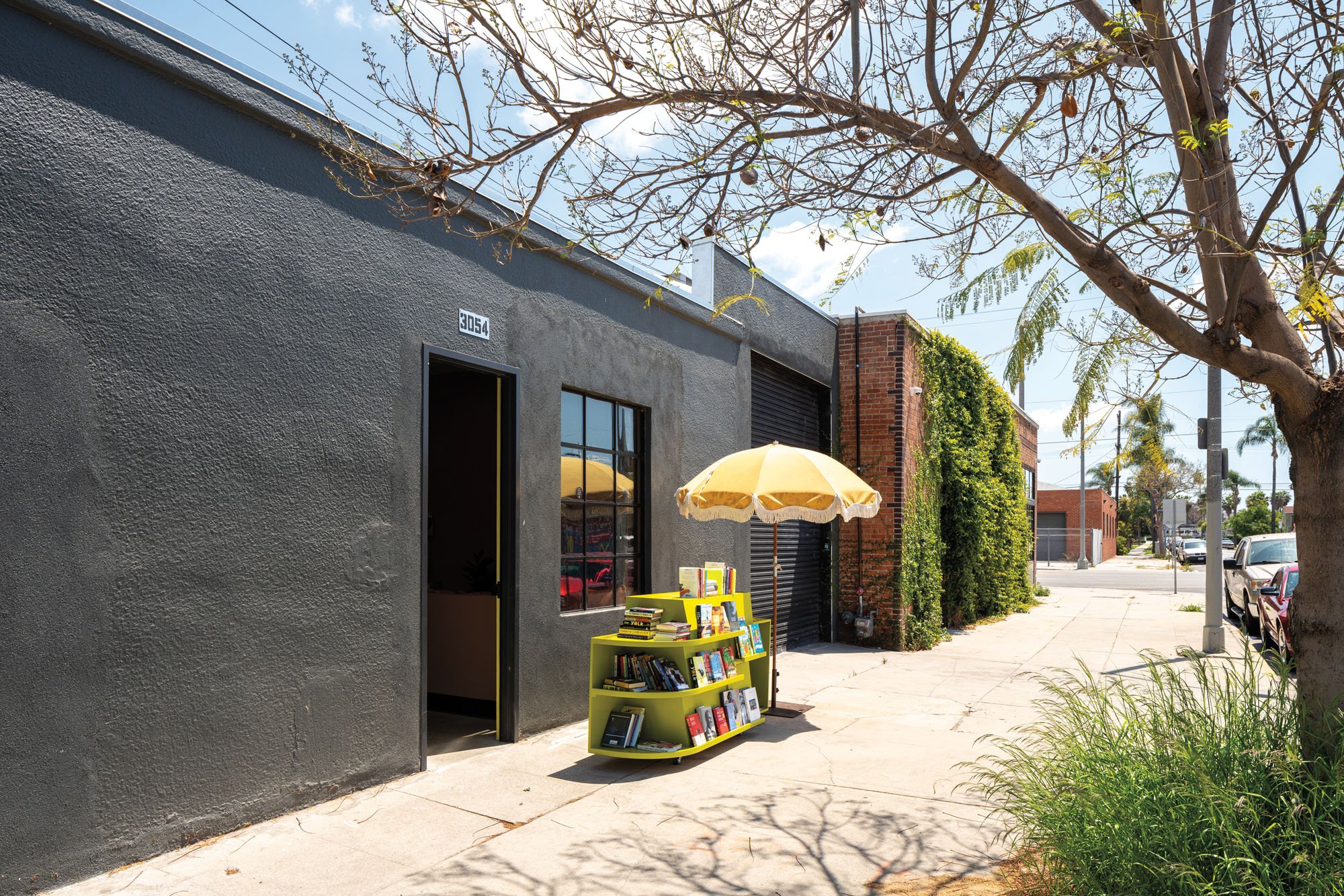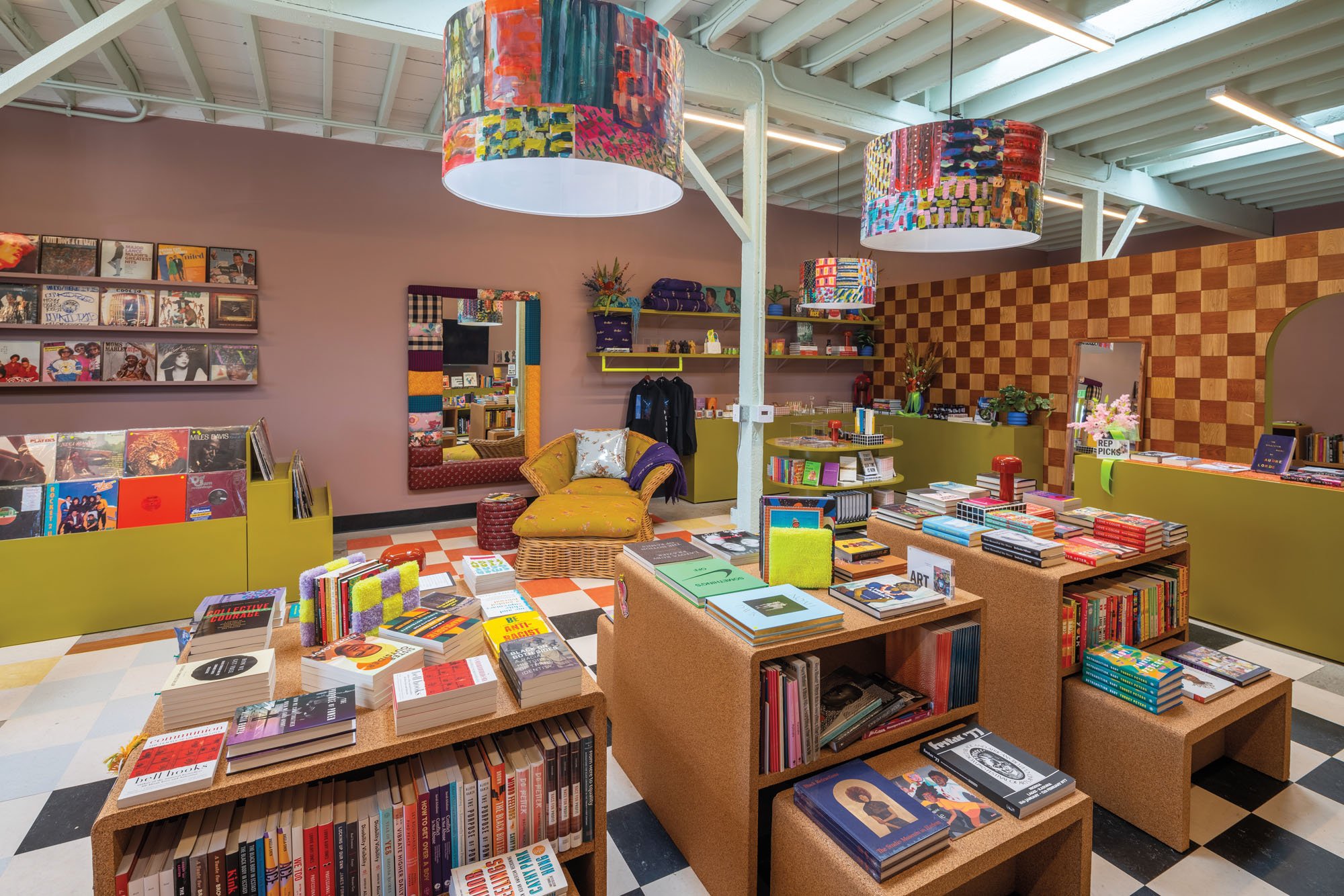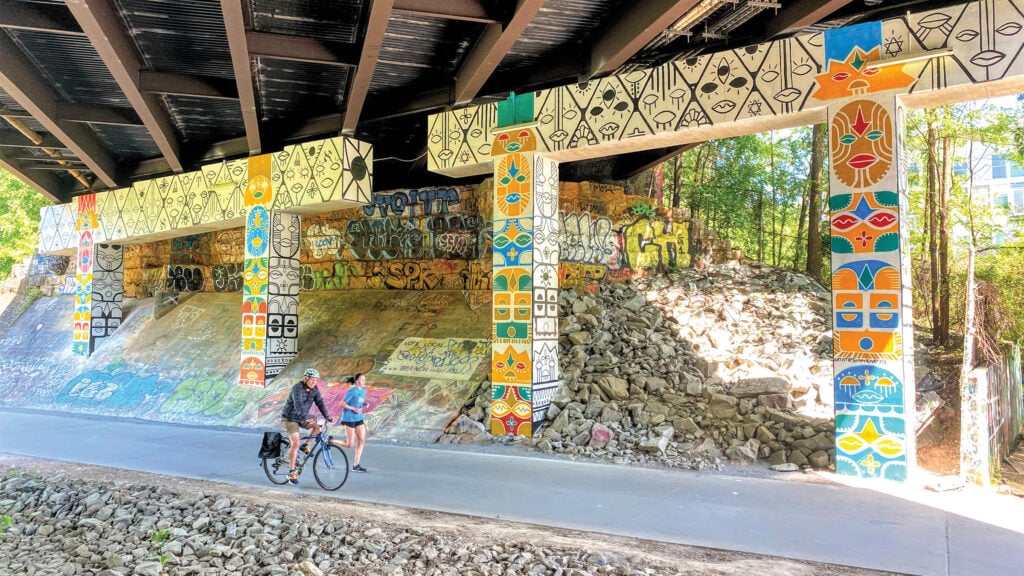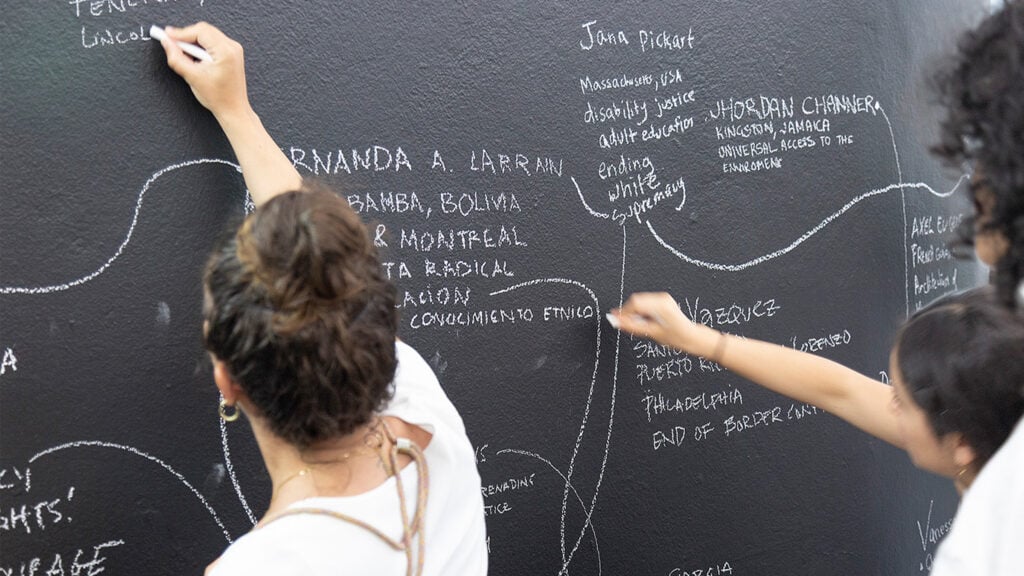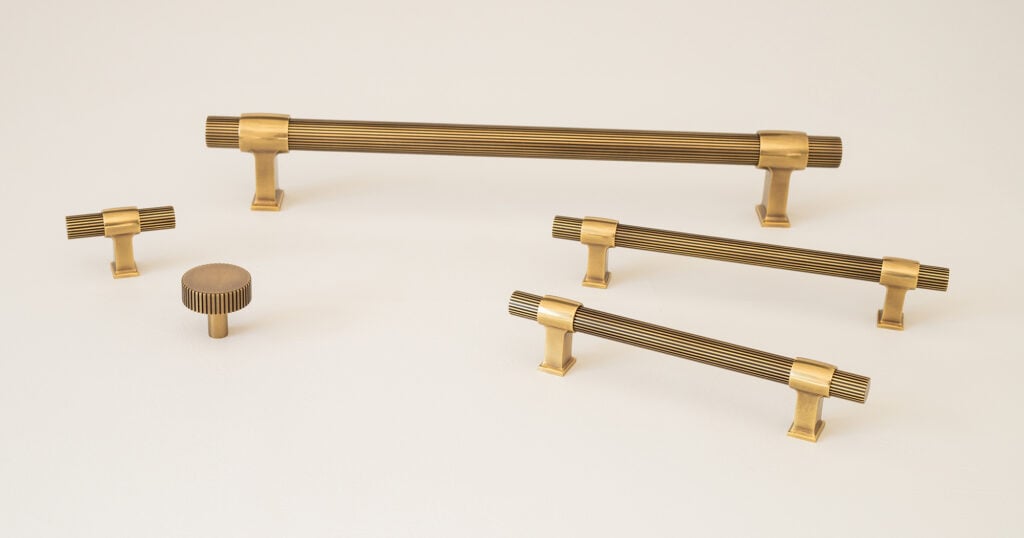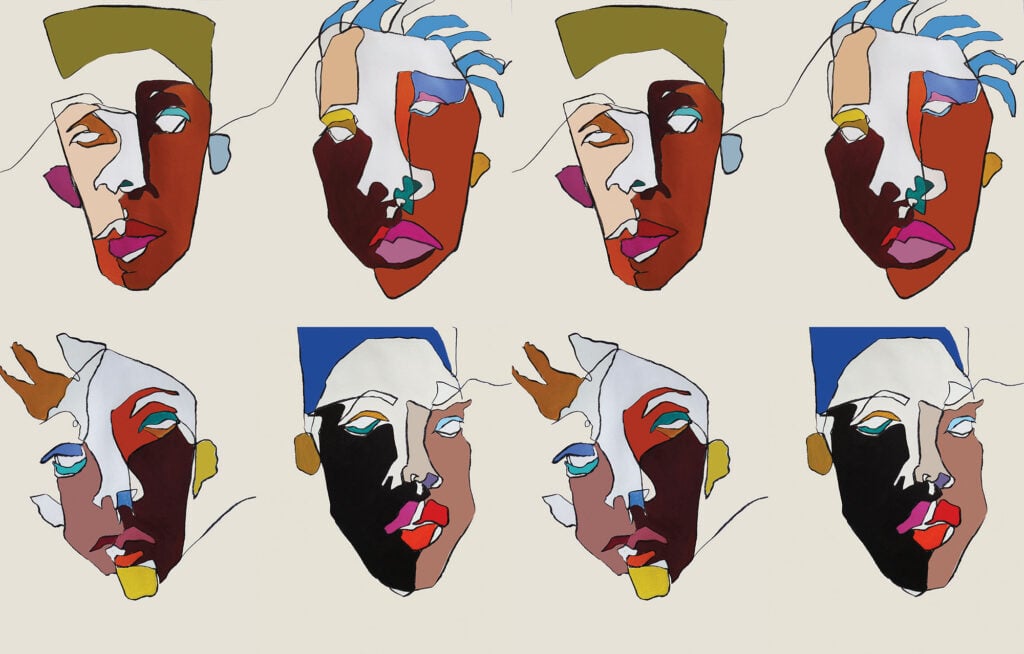
November 22, 2021
For This Artist-Centered Studio, Design Is Collaborative Storytelling

Early on, Wall for Apricots began collaborating with local women-owned start-ups. The mission to amplify women’s voices evolved organically, as the company grew by word of mouth among a tight-knit community of L.A. owners. Says Burgess: “Eventually we formed our business model around giving back to support these kinds of communities,” through a mix of pro bono projects and dedicating a portion of all fees to women-focused charities.
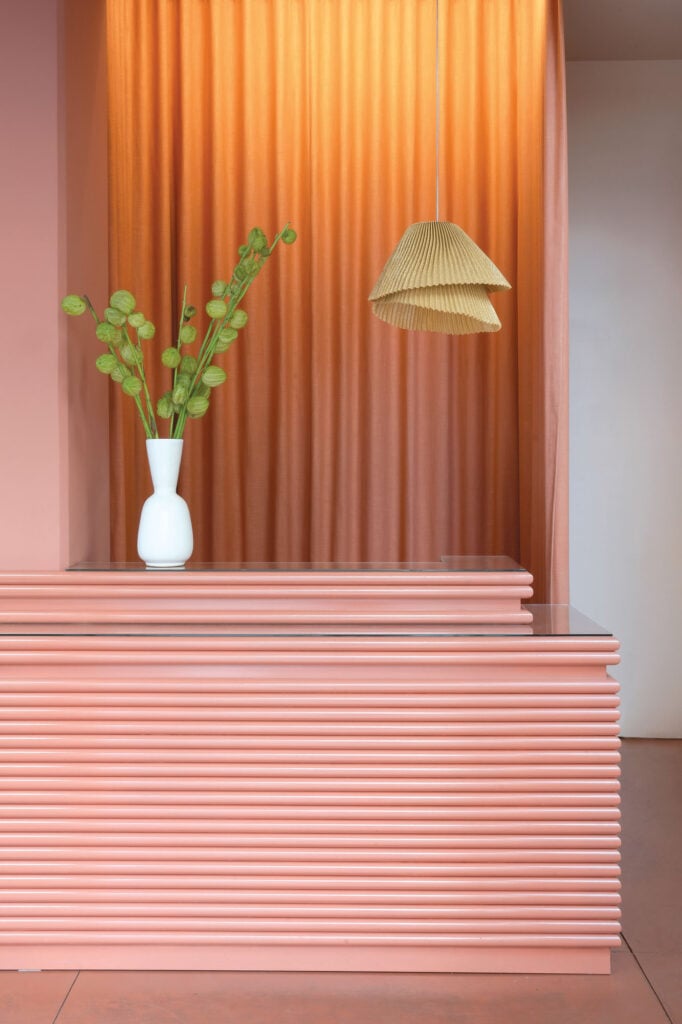
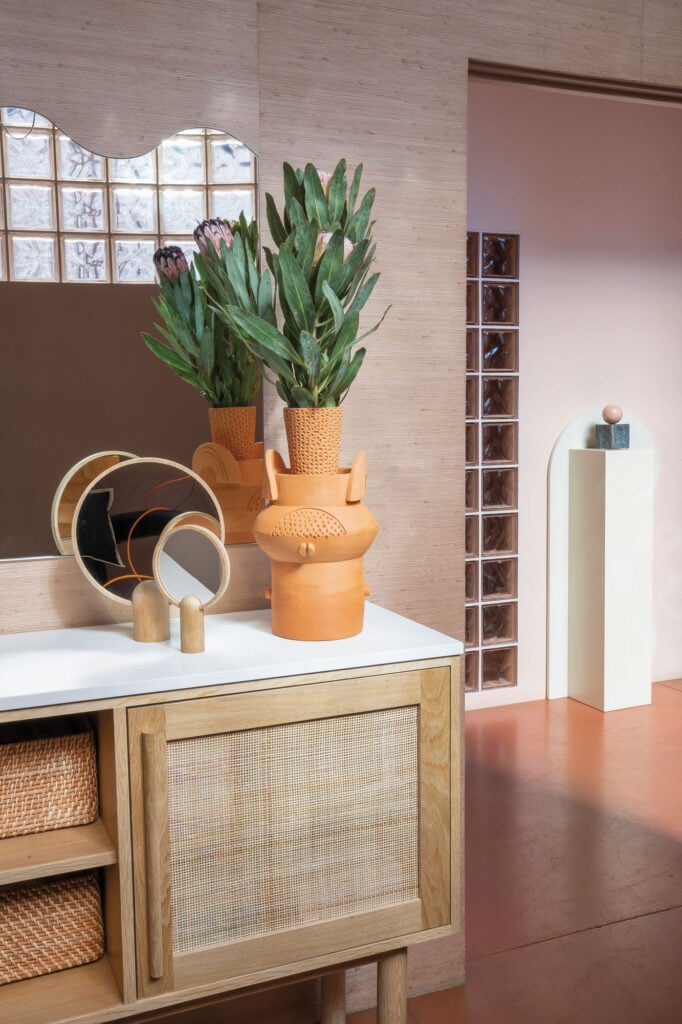
Their latest retail project, Reparations Club, is the only Black- and woman-owned bookstore in L.A. A collaboration with owner and founder Jazzi McGilbert, the design concept started with a carefully selected collection of books from the shop’s owner, followed by a deep dive into her family photos and memories. “We designed the whole space around the books Jazzi sells and the artists and writers she cares most about,” Burgess notes. These distinctly personal touches include artist K’era Morgan’s custom-made mixed-media lampshades (collaged from McGilbert’s old magazines), mirrors inspired by Faith Ringgold’s patchwork illustration style (her children’s tale Tar Beach is available in the store), and curtains inspired by artist Mickalene Thomas (whose book Muse is also sold in the store).
This year, Wall for Apricots launched a line of custom, VOC-free wallpaper called Wallpaper for Apricots, celebrating the artists that inspire them.
Recently Wall for Apricots launched a new wallpaper line, Wallpaper for Apricots, in collaboration with four artists. The layered, multicolored collection of figural and floral patterns speaks to Burgess’s background in art history, translating fine art into affordable, accessible decor with a clear focus on the artist who created each design. “Wallpaper is one of those things that exists everywhere—there are hundreds of thousands of options,” says Burgess, “but how often do you know the name of the artist whose design covers your walls?” Ten percent of sales from each design will go to a women-focused mutual aid organization selected by the artist (including Black Mamas Matter Alliance, Museum of Creative Human Art, Sistah Space, and EMILY’s List).
The studio’s collaborative, community-driven spirit fits right in with the informal, often-hybrid nature of L.A. art communities, where many designers are likely to work in multiple or overlapping disciplines. Its designs reference art history and repurpose vintage pieces while incorporating fresh ideas and local talent. But the depth of research driving its idiosyncratic visual narratives, along with the clear focus on supporting women-owned businesses and charities, sets Wall for Apricots apart. “It’s inspiring to surround yourself with like-minded women making creative contributions to their communities,” Burgess concludes. “We just feel really lucky.”
Would you like to comment on this article? Send your thoughts to: [email protected]
Latest
Projects
The Project That Remade Atlanta Is Still a Work in Progress
Atlanta’s Beltline becomes a transformative force—but as debates over transit and displacement grow, its future remains uncertain.
Profiles
WAI Architecture Think Tank Approaches Practice as Pedagogy
Nathalie Frankowski and Cruz García use their practice to help dismantle oppressive systems, forge resistance spaces, and reimagine collective futures.
Products
Functional Beauty: Hardware That Does More Than Look Good
Discover new standout pieces that marry form and function, offering both visual appeal and everyday practicality.



